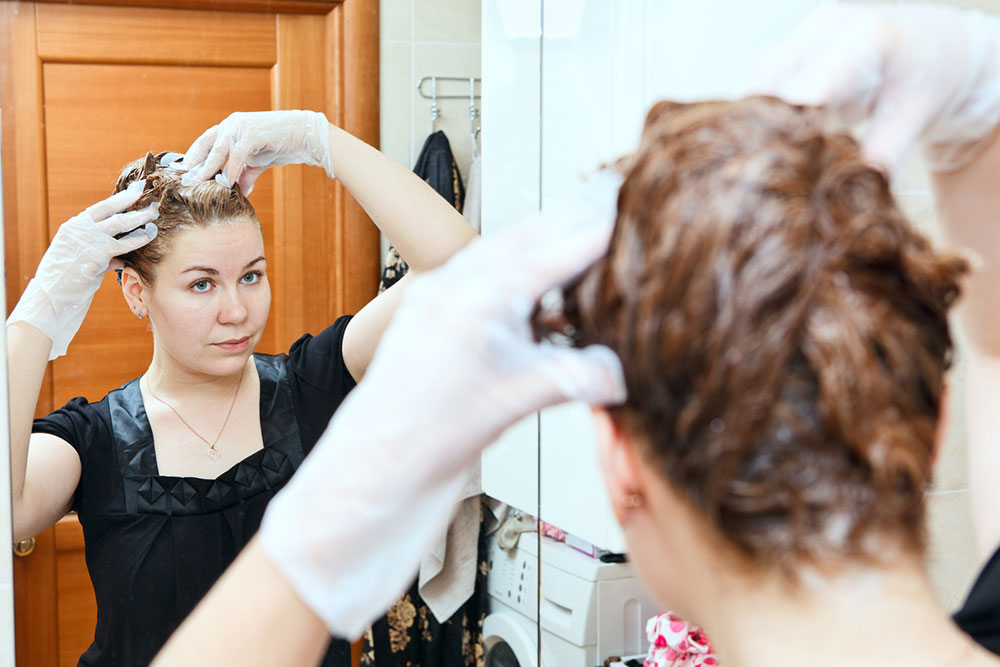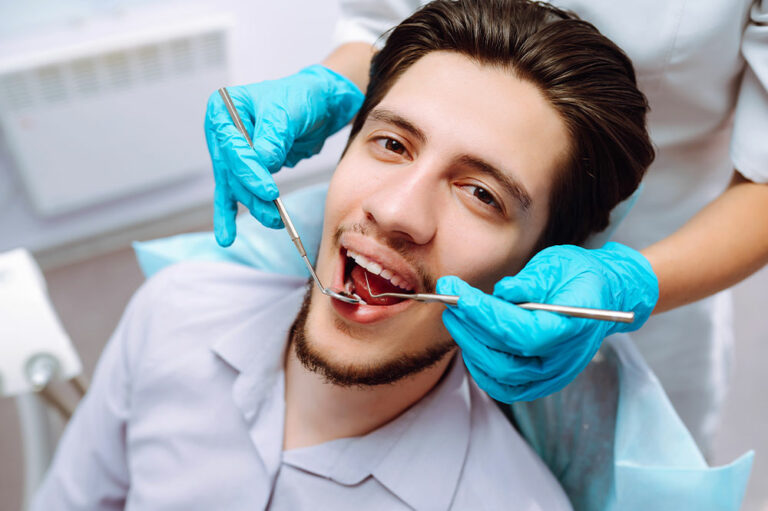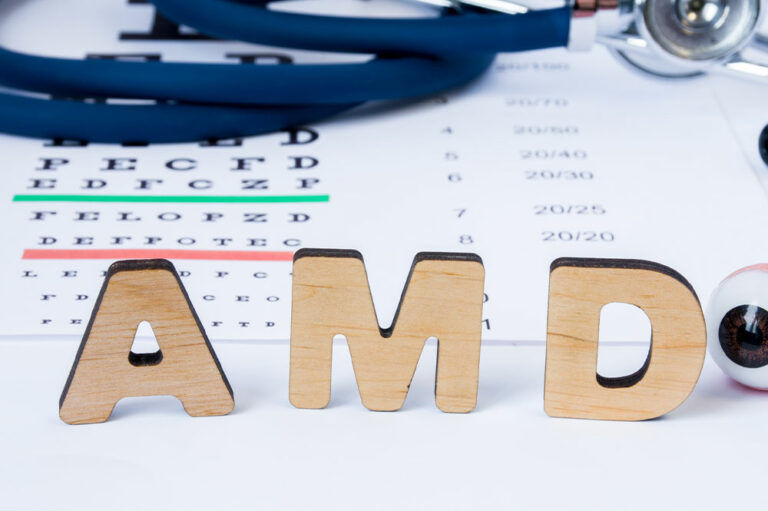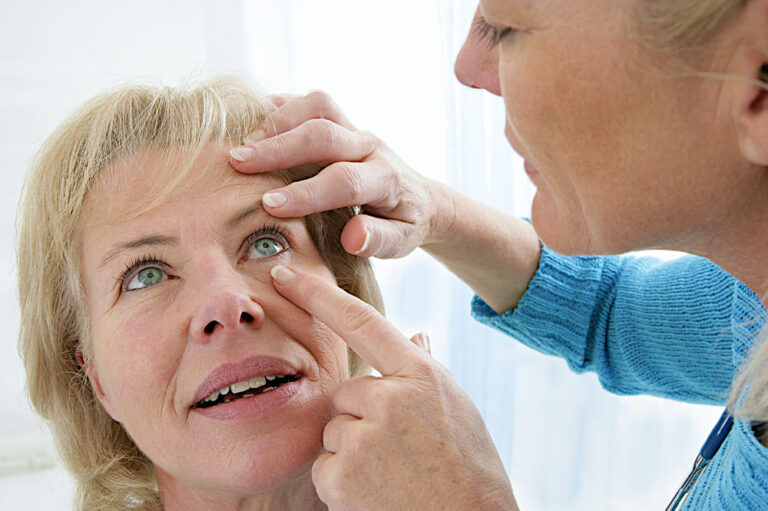
Dos and don’ts of hair coloring at home
Coloring one’s hair can be a transformative experience, allowing individuals to express their style, enhance their natural beauty, or experiment with bold and vibrant shades. However, it is crucial to approach hair coloring with care, as mishaps can lead to severe hair damage and disappointing results. This comprehensive guide explores the dos and don’ts of coloring hair, providing valuable insights for anyone who wants to experiment with hair colors at home.
What to do
Here are a few things to do when choosing to color one’s hair at home:
- Consult a professional: Before coloring one’s hair, it is wise to consult a professional hairstylist. They can assess the hair type and condition. Accordingly, one can discuss the desired outcome, and a professional can offer advice on the best approach.
- Choose the right shade: Individuals should select a hair color that complements their skin tone, eye color, and personal style. A professional colorist can help one find the perfect shade for their complexion. Many online stores can help choose the right shade, and one of the popular choices amongst users is eSalon, which has detailed information on hair colors, shades, how-tos, and much more.
- Test for allergies: Always perform a patch test before applying any hair color. This helps identify potential allergic reactions or skin sensitivities to the products.
- Use high-quality products: Invest in quality hair coloring products and tools. Cheap or low-quality products may damage the hair and lead to uneven coloring.
- Prep the hair: It is advisable to cleanse the hair thoroughly before coloring. Avoid using heavy conditioners or styling products that can create a barrier between the hair and the color, affecting the results.
- Follow instructions: Read and follow the instructions provided with the hair color product carefully. Pay attention to mixing ratios, processing times, and application techniques.
- Section the hair properly: Divide the hair into sections for even color distribution. This ensures that every strand is adequately covered.
- Start from the ends: Begin applying the color to the ends of the hair and work one’s way toward the roots. This prevents the over-processing of the already delicate ends.
- Time it right: Monitor the processing time closely. Leaving the color on for too long can result in damage or an unnatural shade. Set a timer and follow the recommended time frame.
- Rinse thoroughly: After the allotted time, rinse the hair thoroughly until the water runs clear. Use a color-safe shampoo and conditioner to lock in the color and maintain its vibrancy.
- Maintain the hair regularly: To extend the life of the hair color, use color-safe products and avoid excessive sun exposure, which can cause fading. Regular touch-ups may also be necessary to maintain the desired shade.
Additional tips to consider
Individuals must think about their daily activities and how they might impact their hair color. For example, if someone is very active and sweats a lot, the color may fade more quickly. Choose a color that suits one’s lifestyle. Another tip to consider is to consult a colorist if planning a significant color transformation, such as going from dark to light or vice versa. A professional colorist can help with any challenges and give useful tips. Achieving drastic changes at home can be challenging and may result in uneven color.
Also note that various color-enhancing products are available, such as color-depositing shampoos and conditioners. These can help maintain the hair color’s vibrancy between salon visits. Other maintenance tips for protecting colored hair include wearing a swim cap when using swimming pools. The chlorine in swimming pools and the saltwater in the ocean can strip hair color. People can also use a leave-in conditioner to create a protective barrier before hitting the water. Also, remember the scalp! A healthy scalp is essential for vibrant hair color. Use a gentle, sulfate-free shampoo to avoid drying out the scalp. If there is dandruff or another scalp issue, then address it promptly or even visit a dermatologist to check for any issues that need specific treatments.
What not to do
Here are a few things that one should avoid:
- Don’t rush: Coloring hair is not a rushed process. It is recommended that one avoid impulsive decisions and take the time to consider the color they want.
- Don’t skip the patch test: Skipping the patch test can lead to allergic reactions or skin irritations. Always perform this crucial step.
- Don’t overdo it: Frequent coloring can damage the hair. Avoid coloring too often, and give the hair time to recover between treatments.
- Don’t ignore hair type: Consider the hair’s natural texture and type when choosing a color. Some shades may work better with straight hair, while others complement curls.
- Don’t DIY complex transformations: Drastic color changes, such as going from dark to light, are best left to professionals. Achieving such transformations at home can lead to uneven results and hair damage.
- Don’t use box dye repeatedly: Repeatedly using box dyes can lead to color buildup and unpredictable results. Those who desire long-term color changes should consult a professional colorist.
- Don’t forget maintenance: Individuals who have colored their hair must maintain it properly with color-safe products. Regular care ensures the color remains vibrant and fade-resistant.
- Don’t overexpose to heat: Heat-styling tools like flat irons and curling irons can cause color fading and hair damage. Use them sparingly, and always apply heat-protectant products.
- Don’t neglect hair health: Prioritize hair health by using deep conditioning treatments and moisturizing masks. Healthy hair holds color better and looks more vibrant.
- Don’t ignore signs of damage: If the hair starts showing signs of damage, such as excessive dryness or breakage, seek professional advice. A stylist can recommend appropriate treatments to restore the hair’s health.
- Don’t skimp on aftercare: Proper aftercare is essential. Avoid swimming in chlorinated water without protecting the hair, and use UV protection products when exposed to the sun.
In conclusion, coloring one’s hair can be a fantastic way to express oneself and enhance personal style. However, it’s vital to approach it with caution and responsibility. Consulting a professional, choosing the correct shade, and following proper techniques are key to achieving desirable results. On the other hand, neglecting precautions, using low-quality products, or overdoing it can lead to hair damage and unsatisfactory outcomes. By adhering to the dos and don’ts, individuals can enjoy vibrant, healthy, and beautifully colored hair that reflects their unique personality and style.







